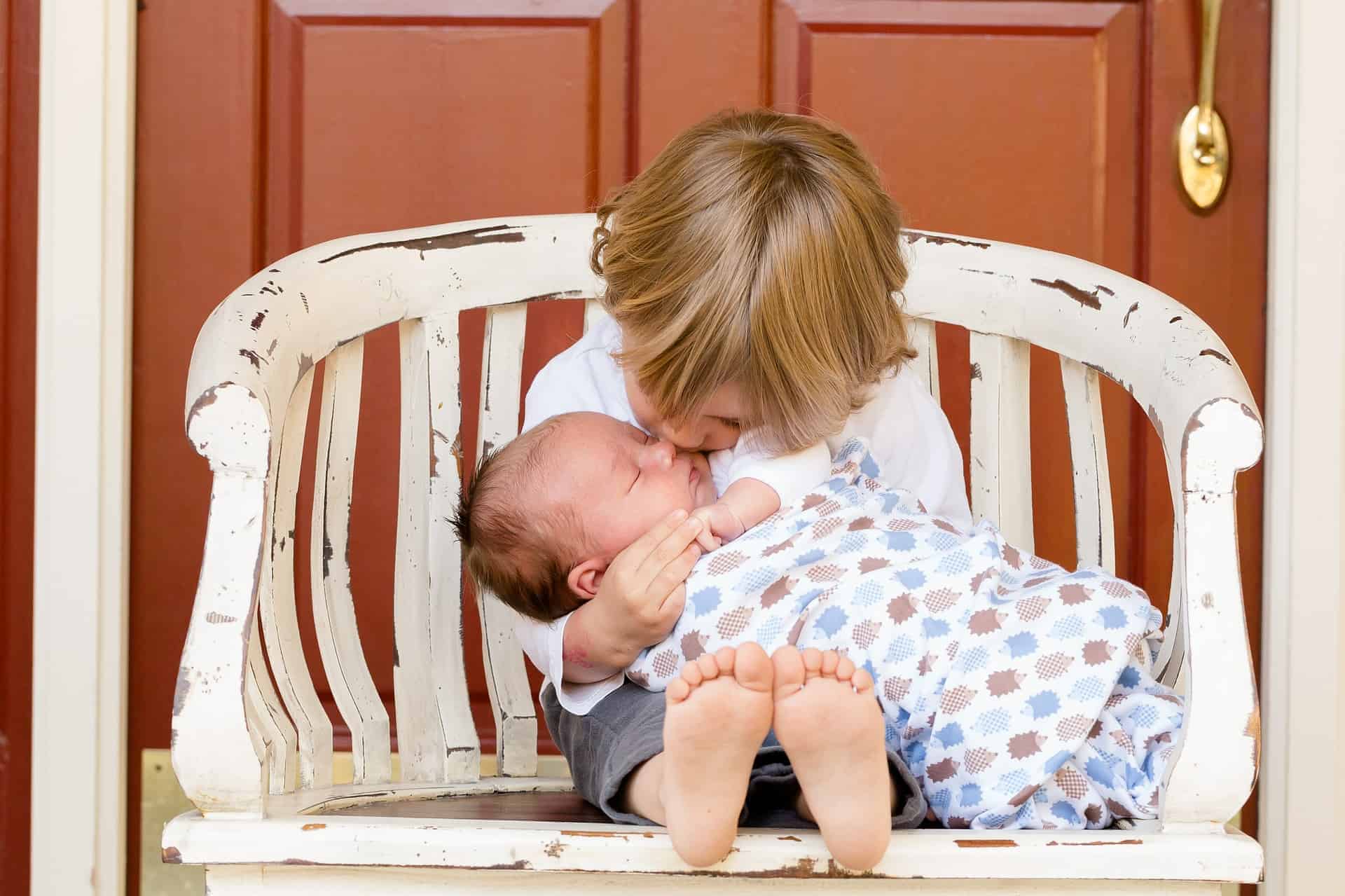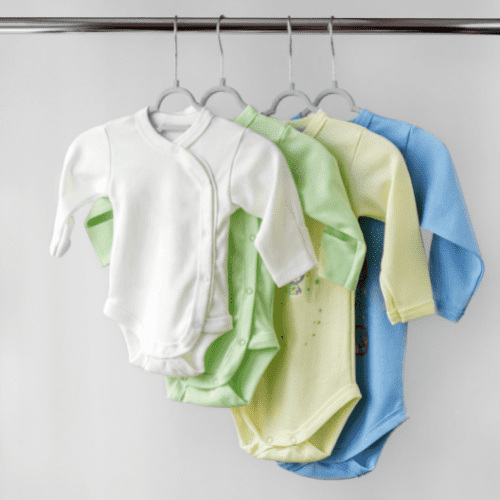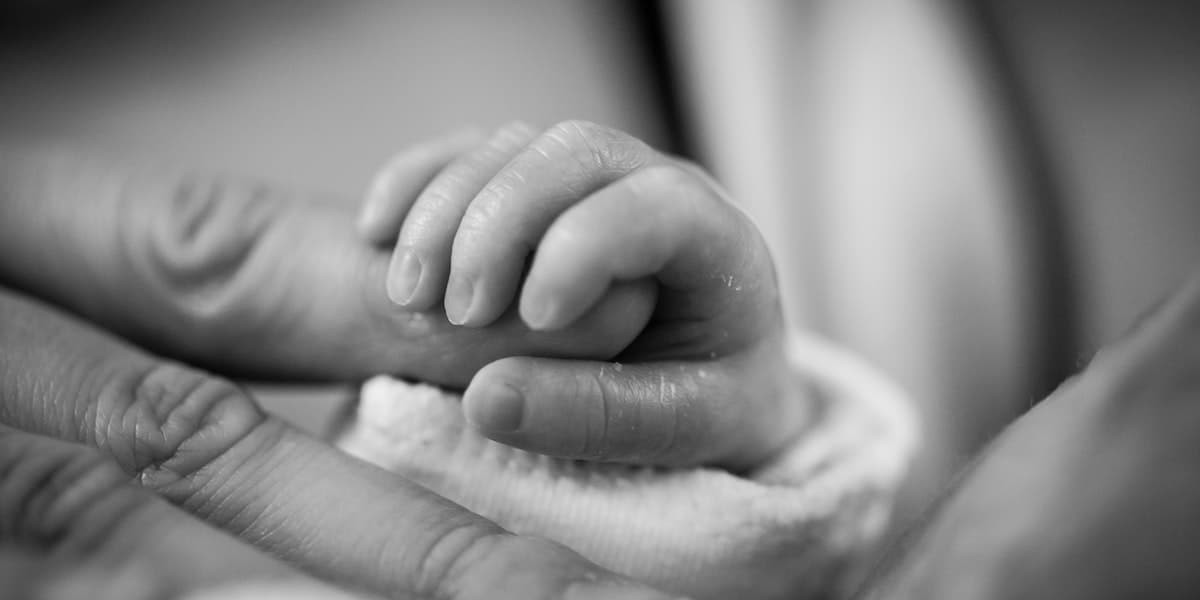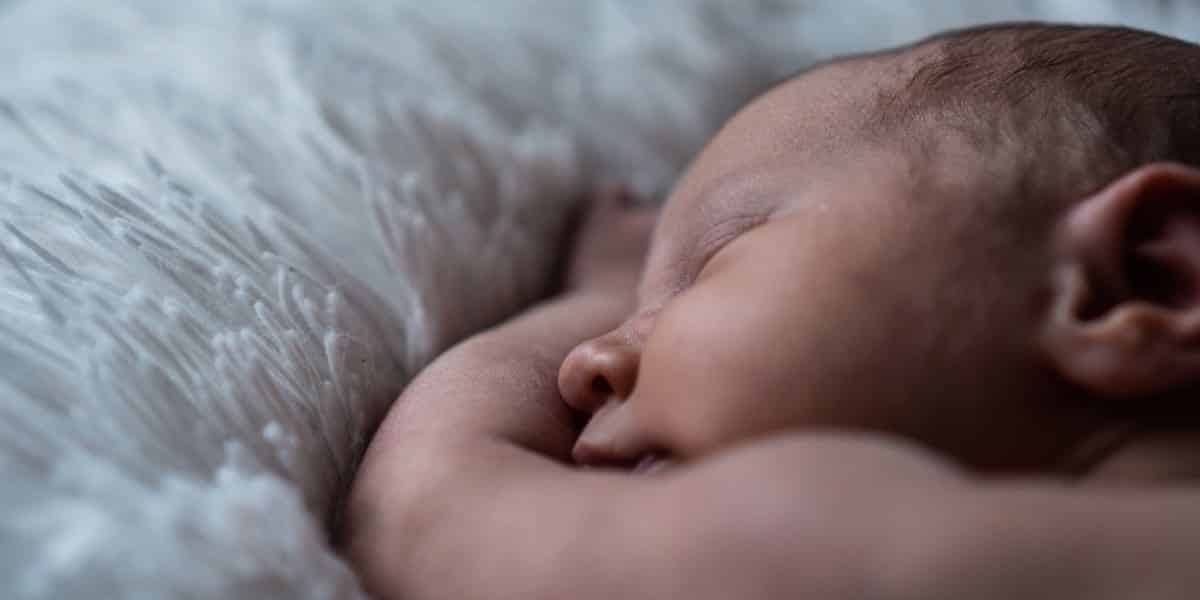Before your baby arrives, it is essential to have all the right gear within easy reach. Looking after a newborn is a hectic and exhausting time.
Having everything you need to hand will help immensely and make your life so much easier in the early stages of a newborn’s life.
Changing pads provide a safe and hygienic way of changing your baby’s diaper. Those with raised sides prevent your baby from rolling off, while others are ergonomically designed to make it as comfortable for you and your baby when changing their diaper.
You can use them without covers, although if you want to extend the life of your changing pad or wish to add some personality to it, you may want to consider purchasing a cover. Most people will only require around 2-4 covers in total.
This is simply because if one gets soiled while you are changing your baby’s diaper, you will have spares you can easily slip over your changing pad, ready for the next diaper change.
Even if you wash laundry regularly, you may struggle with only having one. Babies don’t tend to wait until the laundry is done before their next poop and pee.
As an Amazon Associate, I earn from qualifying purchases. The links below may be affiliate links. Please read my disclosure policy for more information.
What are changing pad covers?
A changing pad cover is basically a cover that slips over the changing pad. The pads themselves are usually made from foam covered in wipeable and waterproof vinyl or plastic.
Although vinyl in itself is suitable for use without a cover, it can be cold on your baby’s back and can make them uncomfortable. This can cause an issue when you need to change your baby late at night and don’t wish to wake them fully.
It is also non-breathable and won’t be pleasant in the warmer months when a baby’s skin can get sweaty and stick to the surface.
Another issue with vinyl and plastic is that any pee that your baby produces after the diaper is off can run onto your furniture, your baby’s clothing, or onto the floor. This can cause a major headache when you are trying to clean your baby and soak up the spills.
Also, over time, vinyl can get damaged and tear. This can lead to catching on your baby’s skin and the foam inside the pad will become soiled and smelly.
The pads themselves are not designed to fit inside a washing machine and ultimately you will end up having to buy a replacement.
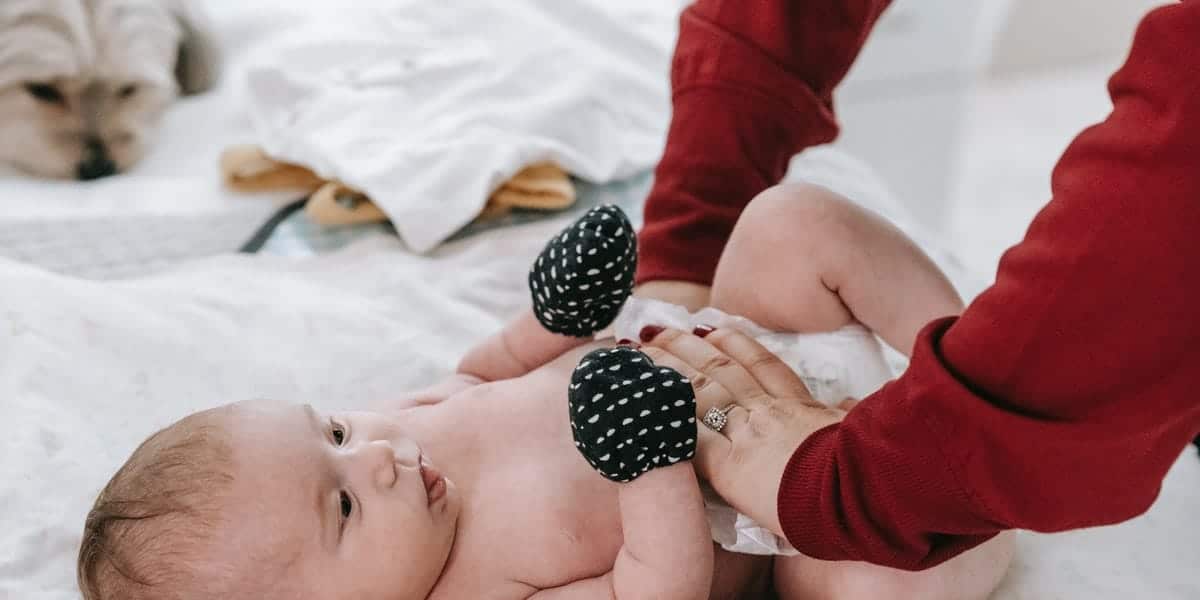
This is where a changing pad cover comes in handy. Although they are not essential, they are certainly handy and can add some style and personality to an otherwise bland pad.
You can pick colors that match the nursery and whichever room other pads are kept.
They either come with a zipper or adjustable straps and, like a fitted sheet on a bed, they should stretch neatly over the pad without any bagginess or folds, making it as comfortable for your baby as possible.
They are also typically made from bedding material that keeps your baby snuggly, especially in colder weather.
A changing pad liner can also form part of the set. This sits under the cover as an extra barrier, absorbing any accidents once the diaper comes off.
You can wash both a cover and a liner.
Ultimately, the purpose of a cover is to:
- Create a more comfortable and hygienic surface for your baby
- Make it easier for you to clean up any accidents when your baby is sans diaper
- Reduce any run-off by absorbing pee
- Extend the life of your changing pad
- Add some personality and style to your pad
- Protection from stain build-up
How many do I really need?
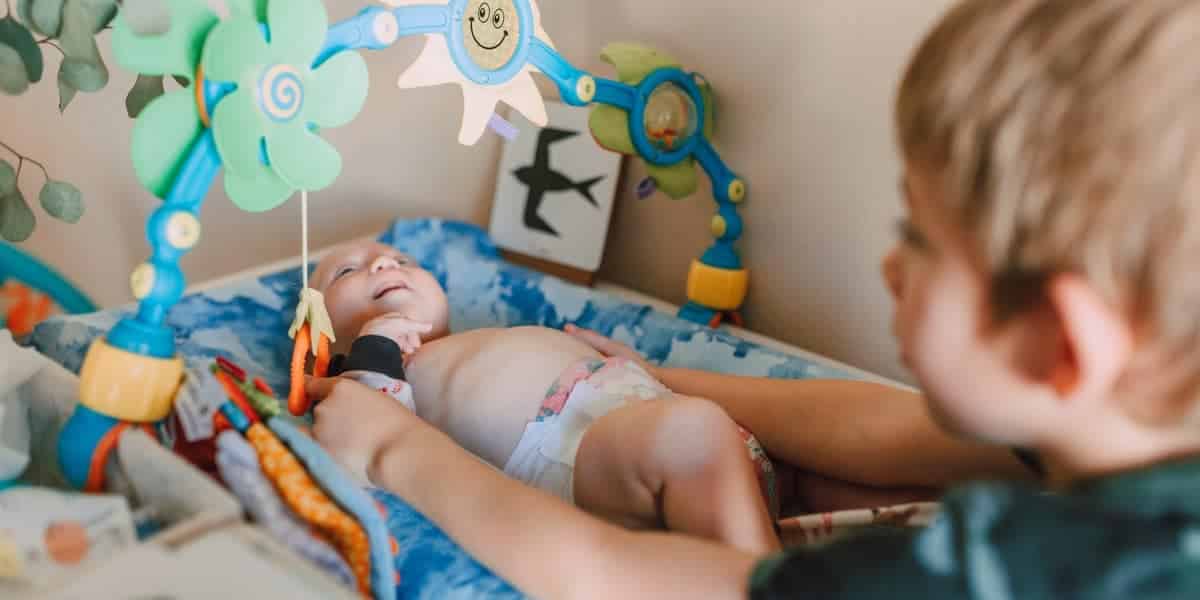
As already mentioned, usually 2-4 is more than enough. Those who do laundry quite often may get away with having only two.
For most, though, three or four is a good amount. It is a good idea to have an extra spare cover for your spare, especially if you don’t get around to washing the soiled ones for any reason.
This is certainly true if you have slightly older children to take care of who are not yet of school age. If you find yourself having to take care of them too, it is easy to forget to wash the soiled covers in time.
Another reason why having extra ones is a great idea.
Most parents and caregivers will have two change pads in their home where one will be upstairs in the nursery, and the second will be downstairs.
This simply lends itself to convenience and saves the trouble of having to rush up or down stairs each time a diaper change is due. Looking after a baby is exhausting enough without all that!
Tips for picking the best ones
There are many things to consider when deciding on which cover is best for your baby and you. Cost is often the deciding factor for most, especially for those on a budget.
Thankfully, there is a style and price to suit everyone, whether you are looking for covers that are lost-cost or something more luxurious.
Material
When buying a cover, it is important to ensure it will provide the right comfort and warmth for your baby. You will be placing your newborn on this several times a day and therefore it must not irritate your baby or cause an allergic reaction.
Covers that are both natural and hypoallergenic are a great choice for newborns. Their skin is at its most sensitive in this stage of their lives, so the last thing you want is for them to suffer any breakouts or rashes.
Materials can range from different types of cotton such as stretchy jersey, organic and brushed cotton. During the summer, you can opt for lighter fabrics like muslin.
Cotton is always a good all-rounder, but if you prefer something warmer during winter months, then there are fleece and polyester blends.
Style
There are numerous styles to suit your personality, decor, and general taste. Different covers also fit different pads.
There are those designed to fit the more contoured shape that have raised sides to prevent your baby from rolling or falling off. This is especially true for changing pads that sit on top of changing tables or dressers.
Some covers come with safety belt holes for the pads that have such a feature. The purpose of the belt is to secure your baby while you change them.
Again, this is often the case when using the pad on a higher surface.
There are a range of patterns and colors to suit all tastes. Whether you want to go for a nursery style pattern or something more minimalistic, you’re guaranteed to find a cover to your taste.
Price
The cost of the covers can range from relatively cheap to more expensive depending on the material you opt for.
The majority of covers aren’t expensive and you can buy many different types as paired sets.
Absorbability
While a changing pad is typically made from a wipeable and waterproof material, the liner and cover should be the opposite. Covers are supposed to absorb the pee and poop, preventing it from escaping and soiling your belongings.
They’re also designed to reduce stains building up on the pads, keeping them cleaner for longer.
Machine-washable pads are better as these can be cleaned quickly and at higher temperatures, ensuring bacteria is destroyed.
Some covers are prone to shrinking after their first wash therefore, it is important to check reviews and washing instructions as you will be washing the covers frequently.
Do I really need them?

Although changing pad covers are not an essential item, they certainly deserve a place in your collection. They help to absorb any mess, keeping both your baby and your belongings clean.
They are not an expensive addition compared to many baby items and, if you opt for ones that are less prone to shrinking, they can last for a long time. This will reduce the cost of having to buy replacements later on.
Ultimately, it is a personal choice. Some mothers swear by them, while others see them as an unnecessary addition and an extra item to wash.
They do make the diaper change a more pleasant experience for your baby while extending the lifespan of your changing pad.
Whether or not you chose to have covers, and how many, all comes down to convenience and cost.
Would you prefer to have covers for your changing pad? And if so, would you also choose liners?






